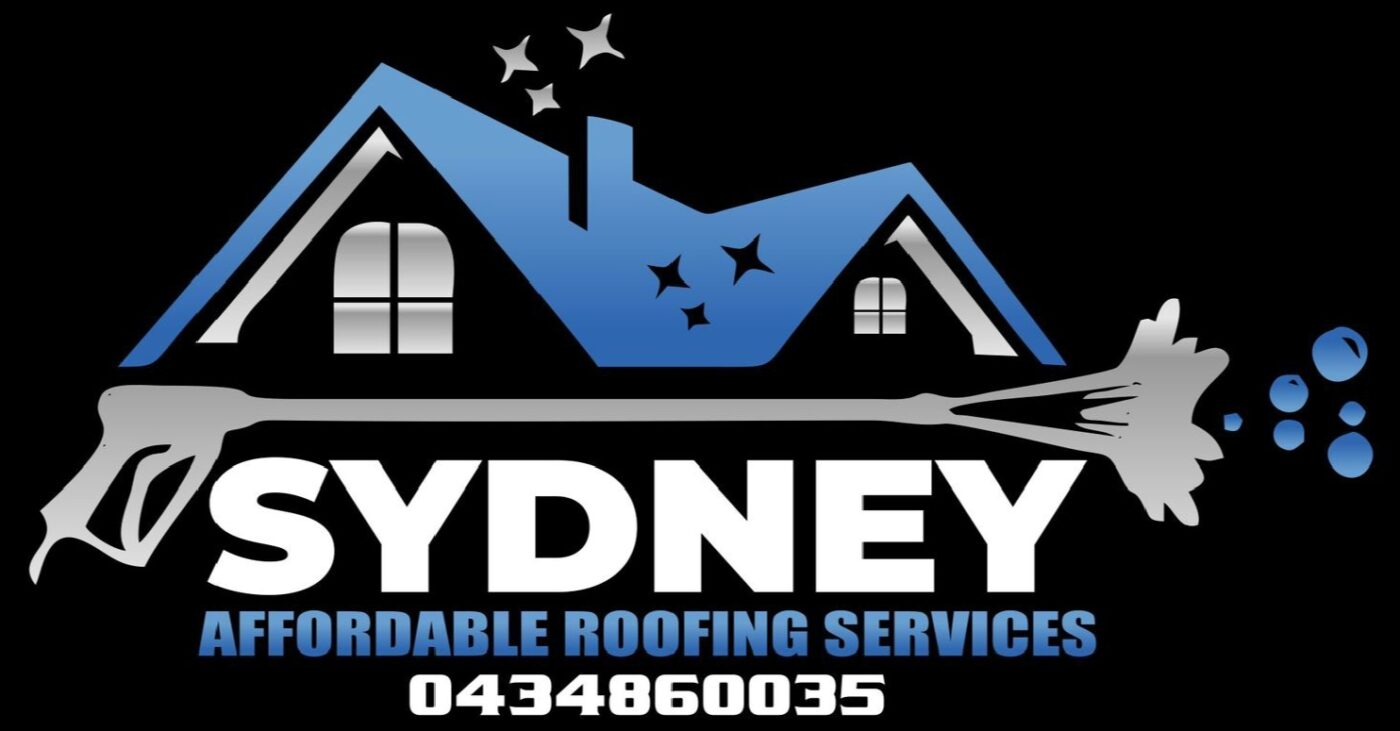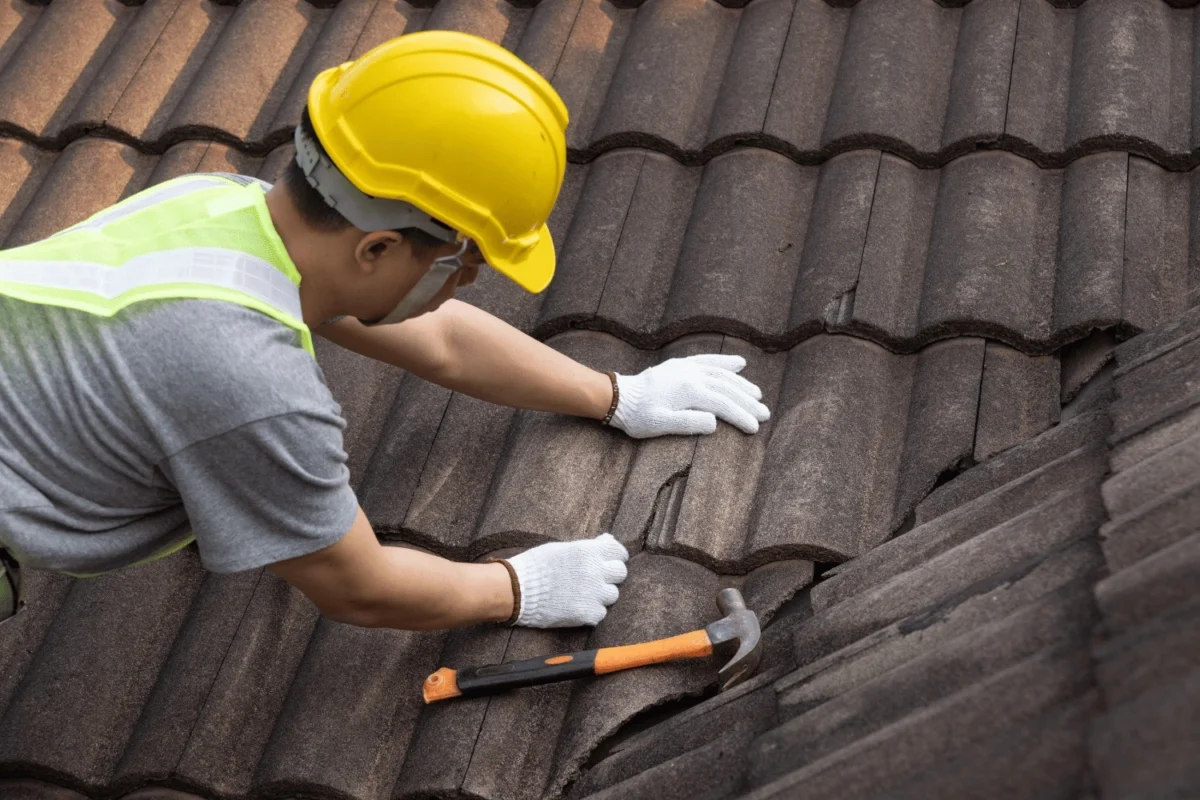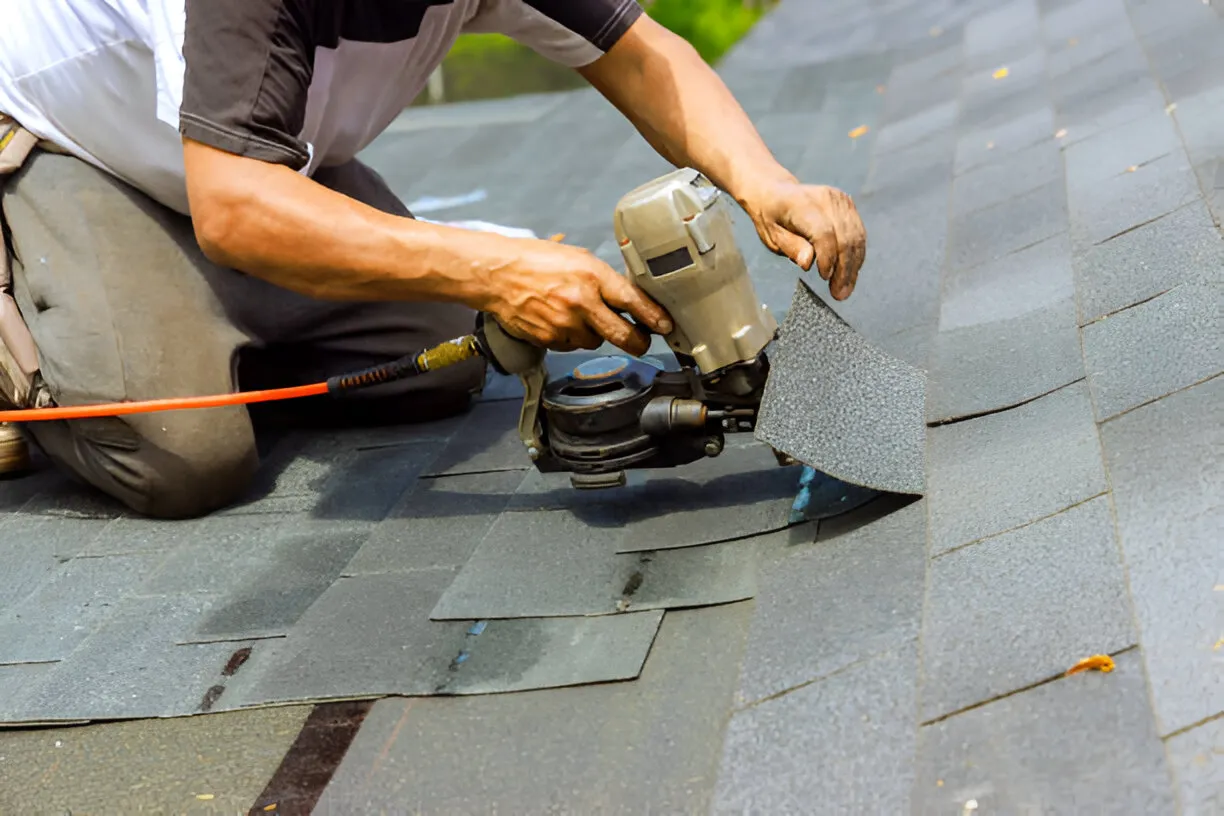Choosing the right roofing material in Sydney is a decision that affects more than just the aesthetic appeal of your home it significantly influences energy efficiency, long-term property value, and resilience against Australia’s unique climate conditions.
With Sydney’s weather swinging from blistering summers to sudden storms and coastal salt exposure, homeowners must make informed, long-term investments in roofing materials that combine performance, style, and sustainability.
The Sydney property market is highly competitive, and discerning buyers and homeowners are increasingly focusing on exterior durability and low-maintenance architecture.
Selecting the ideal roofing solution isn’t just about choosing a color or texture it’s about understanding thermal insulation, UV reflectivity, material longevity, and cost-effectiveness over decades.
Understand Sydney’s Climate Profile
Sydney’s subtropical climate poses specific demands on roofing materials. Summers can exceed 35°C (95°F), and seasonal storms can bring heavy rainfall and wind gusts. Materials that can withstand solar radiation and minimize heat transfer into living spaces are essential.
Additionally, properties near the coast face increased salt corrosion, which demands rust-resistant or specially treated materials.
Thermal performance is particularly important in reducing reliance on HVAC systems. Homeowners can lower utility bills and reduce their carbon footprint by choosing roofing options that reflect solar heat rather than absorb it.
This consideration aligns closely with sustainable building practices, which are increasingly incentivized through local building codes and energy efficiency rebates.
How to Choose the Right Roofing Material in Sydney
Whether you are building a new home, investing in renovations, or flipping properties for resale value, your choice of roofing material can either enhance or diminish the financial outcome of your project.
Evaluate Material Lifespan and Durability
Not all roofing materials age the same. Sydney homeowners must assess expected lifespans, taking into account maintenance needs and susceptibility to weathering. Materials like terracotta tiles offer decades of durability but may crack under falling debris, while metal roofing systems particularly Colorbond steel provide long-term structural integrity with minimal maintenance.
Durability goes hand-in-hand with return on investment. Premium metal roofs, while more expensive upfront, can last upwards of 50 years and require fewer repairs than cheaper materials like asphalt shingles. Slate roofing, although rare and high-end, can last over a century and dramatically increase a property’s resale value.
Compare Common Roofing Options
A range of popular roofing materials are used in Sydney, each with its own strengths and limitations. The most common types include:
– Metal Roofing (Colorbond/Galvanised Steel): Known for lightweight, corrosion resistance, and excellent thermal performance. Available in a variety of colours and finishes.
– Terracotta and Concrete Tiles: Traditional, fire-resistant, and aesthetically popular in heritage and Mediterranean-style homes.
– Slate Tiles: A luxury choice with unparalleled longevity, often used in architect-designed homes.
– Asphalt Shingles: Less common in Australia but still used in some low-cost applications.
Composite Roofing (Recycled Polymers): Growing in popularity due to its sustainable nature and resistance to weather elements.
| Roofing Material | Average Lifespan (Years) | Approx. Cost per m² (AUD) |
|---|---|---|
| Colorbond Steel | 40–70 | $50–$90 |
| Terracotta Tiles | 50–75 | $80–$130 |
| Concrete Tiles | 30–50 | $40–$70 |
| Slate Tiles | 80–120 | $200–$400 |
| Asphalt Shingles | 15–25 | $35–$60 |
| Composite Panels | 25–40 | $60–$100 |
Factor in Energy Efficiency Ratings
The energy efficiency of roofing materials is an increasingly critical factor for Sydney homeowners. Materials with high solar reflectance index (SRI) scores can significantly reduce heat absorption, making homes cooler in the summer and lowering cooling expenses.
Colorbond’s Thermatech® technology, for example, is engineered specifically to reflect more sunlight and reduce roof temperatures.
Choosing energy-efficient materials can also contribute to a home’s compliance with the National Construction Code (NCC) energy provisions. Homes that meet or exceed thermal performance benchmarks often command higher valuations and attract eco-conscious buyers.
Homeowners should also consider pairing energy-efficient roofing with insulation, ventilation systems, and solar panel compatibility for a fully optimized building envelope.
Match Aesthetics With Architecture
A roof should complement the overall architectural style of your home. In Sydney’s diverse suburbs from Bondi’s coastal retreats to inner-west heritage homes design coherence is essential for curb appeal and long-term value. For instance, heritage-listed properties typically require terracotta tiles, whereas contemporary minimalist homes often use flat-profile metal sheets in neutral tones.
Color selection plays a psychological and thermal role. Lighter tones reflect heat and offer a contemporary aesthetic, while darker hues may retain heat but provide a more traditional, grounded look.
Fortunately, most modern roofing materials come in a wide range of customizable finishes to suit various architectural styles and homeowner preferences.
Consider Installation and Maintenance Factors
Beyond material choice, installation complexity and required maintenance levels influence long-term satisfaction. Metal roofing is typically faster to install than tiled options and requires fewer structural supports, reducing labor costs.
However, installation must be precise, especially on sloped roofs, to avoid water ingress and ensure long-term weather resistance.
Maintenance demands vary widely. Slate and tile roofs require regular inspections for cracks and debris buildup, while Colorbond steel is largely self-cleaning and corrosion-resistant when installed correctly.
Roofing warranties should be scrutinized premium suppliers often offer extended guarantees that protect your investment against both material failure and workmanship defects.
Choose Certified Contractors and Suppliers
Selecting an experienced, licensed roofer is just as important as the material itself. In Sydney, all roofing work valued over $5,000 must be done by a licensed contractor under NSW Fair Trading regulations.
Homeowners should verify that contractors are certified, insured, and familiar with local council codes, especially if the home is in a bushfire-prone or coastal area.
Reputable roofing suppliers often partner with certified installers and offer end-to-end consultation, including custom designs, thermal assessments, and after-sales support.
Choosing a well-established brand with a strong warranty and proven performance record is one of the best ways to avoid unexpected repairs or legal disputes later.
Balance Cost With Long-Term Value
Initial installation costs can be misleading if viewed in isolation. A low-cost roof may require frequent maintenance or full replacement after 15 years, whereas a higher upfront investment in metal or slate may yield better value over decades.
Property investors should also consider how roofing material influences market perception and appraised value.
Additionally, roofing upgrades are among the top value-adding renovations, especially in Sydney’s upscale suburbs. A high-end, architecturally integrated roof can serve as a unique selling point in listings, contributing to faster sales and higher final prices. Consider ROI over a 20–30-year horizon, not just immediate expenses.
Incorporate Sustainable and Green Choices
As environmental regulations tighten and green incentives expand, sustainable roofing materials are becoming mainstream in Sydney’s residential market. Colorbond’s low-carbon steel, recycled polymer composites, and solar tile roofing systems are leading the trend toward eco-responsibility.
Many Sydney councils now offer development bonuses or rebates for using recyclable materials or achieving specific energy ratings. Green roofing (living roof systems) is also gaining traction in urban infill areas, where vegetation is scarce. Though more expensive and maintenance-intensive, they offer environmental benefits, stormwater retention, and improved insulation.
Investigate Bushfire and Wind Ratings
Certain Sydney regions particularly near national parks and coastal escarpments fall under Bushfire Attack Level (BAL) zones. Roofing materials must meet specific fire-resistance standards depending on the level (BAL-12.5 to BAL-FZ).
Colorbond steel and terracotta tiles are both commonly used in bushfire-compliant construction due to their non-combustible nature.
Wind uplift resistance is also critical, especially in open or elevated locations like the Northern Beaches or Blue Mountains fringes. Roofs must be properly braced and fixed to meet local wind classifications (Region A–C under AS 4055 standards).
Certified installers should provide documentation proving compliance, which is often required for building approval.
Futureproof With Solar Compatibility
As solar adoption in Sydney rises, roofing materials must support mounting hardware without compromising structural integrity. Metal roofs, particularly standing seam profiles, are ideal for solar integration due to their ease of attachment and heat-dissipating properties.
Homeowners planning future solar installations should consult roofers about pitch angle, orientation, and material strength. Integrated solar tiles are also emerging as a premium, aesthetically seamless solution, though at higher cost.
These systems not only reduce emissions but also add substantial equity value to a property.
Choosing the right roofing material in Sydney is a multi-faceted decision that combines performance, cost-efficiency, aesthetics, and future-readiness. With the right research and professional guidance, homeowners can significantly enhance their property’s thermal comfort, durability, and resale value.
From luxury slate to ultra-modern steel, Sydney’s roofing market offers a solution for every architectural vision and financial strategy. As building standards evolve and energy efficiency becomes paramount, investing in premium, high-performance roofing is not just wise it’s essential.


